

Jumping into a project without a clear plan is a common mistake. It can lead to wasted materials, unexpected challenges, and longer project timelines.
Solution:
Take the time to plan thoroughly. Make a checklist of tasks, gather all necessary materials, and set realistic timelines. Factor in a budget that covers the entire project and do some research or consult experts if needed. Being well-prepared keeps you organized and reduces stress.
Incorrect or low-quality tools can compromise your work and even cause injuries.
Solution:
Invest in quality tools suitable for your project. For example, use brushes and rollers designed for your paint type, and the right power tools for cutting or drilling.
Overlooking safety can lead to accidents and injuries.
Solution:
Always wear the right safety gear, such as gloves, goggles, and dust masks. Keep your workspace well-ventilated and hazard-free, and familiarize yourself with proper tool usage.
Incorrect measurements can result in wasted materials and poorly fitted installations.
Solution:
Double-check all measurements before cutting or installing. Use a reliable tape measure and level for accuracy. Remember: measure twice, cut once.
Skipping proper surface prep can lead to uneven finishes, poor adhesion, and premature wear.
Solution:
Clean and sand surfaces before painting or applying finishes. Repair holes and cracks, and use primer when necessary to achieve a smooth, durable result.
Taking on a project beyond your skill level can cause frustration and subpar results.
Solution:
Assess your abilities honestly and choose projects that match your skills. For more complex tasks, consider guidance from professionals or attend a DIY workshop.
Choosing cheap materials can compromise the quality and longevity of your project.
Solution:
Invest in materials that suit your project’s needs. Quality materials may cost more upfront but save money in the long run by reducing repairs and replacements.
Hurrying leads to mistakes and poor results.
Solution:
Take your time. Follow each step carefully, allow proper drying times for paints and adhesives, and respect curing periods for materials like concrete.
Ignoring long-term maintenance can increase costs and effort later.
Solution:
Select durable, easy-to-maintain materials and finishes. Regularly inspect your work and perform necessary upkeep to extend your project’s life.
Not following codes can result in fines or having to redo work.
Solution:
Check local building codes before starting. Obtain any required permits and ensure your project complies with regulations.

Skipping The Planning Phase
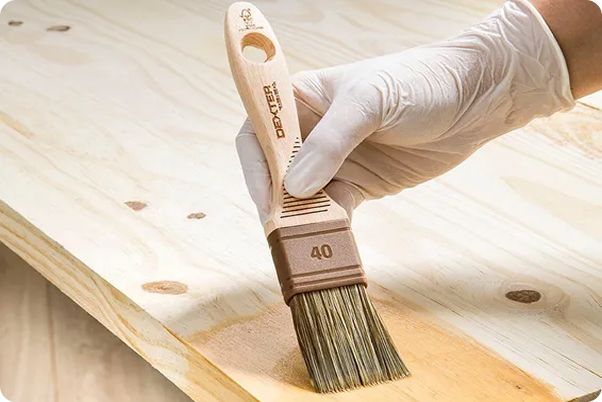
Using The Wrong Tools
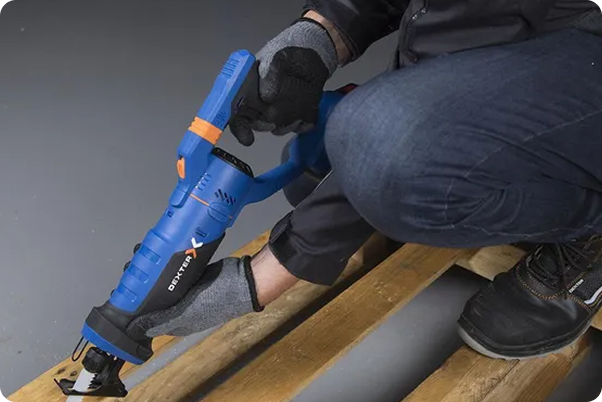
Neglecting Safety Precautions
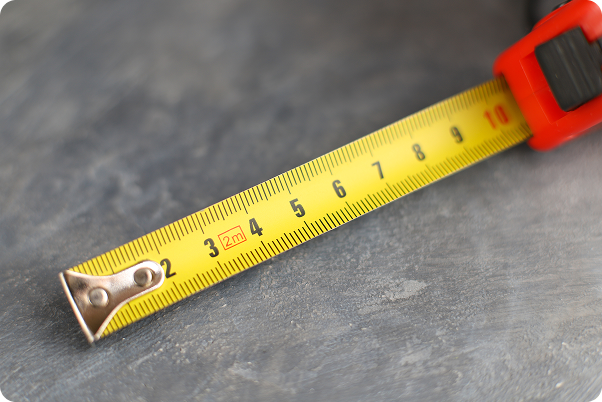
Ignoring Measurements
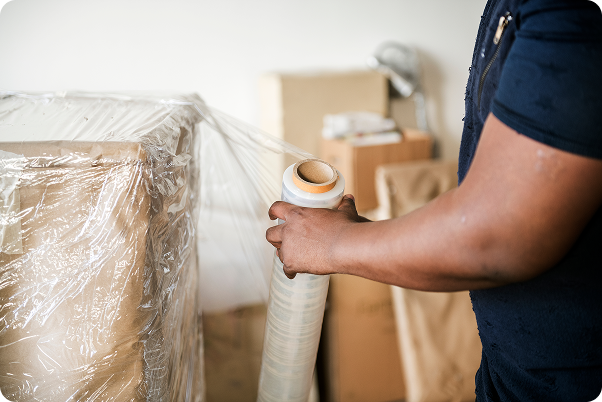
Overlooking Surface Preparation
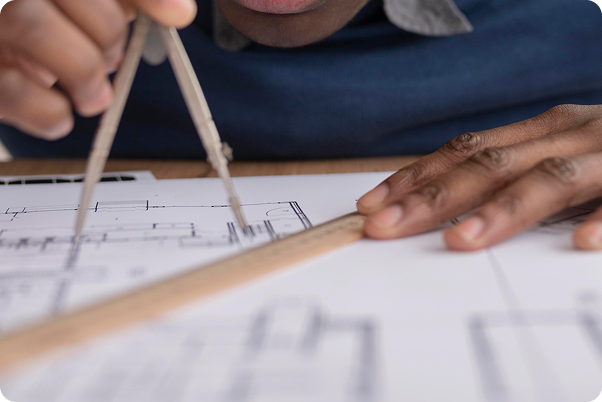
Underestimating Project Complexity
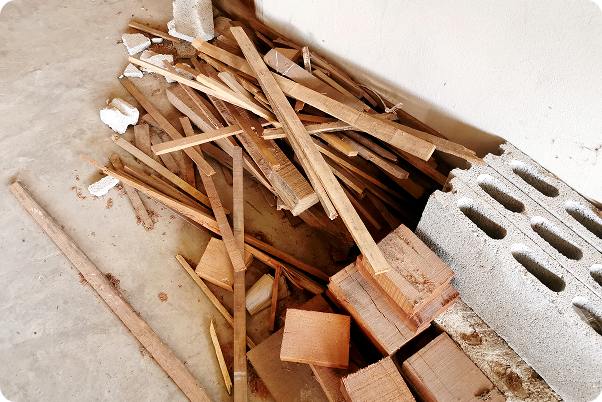
Skimping On Materials
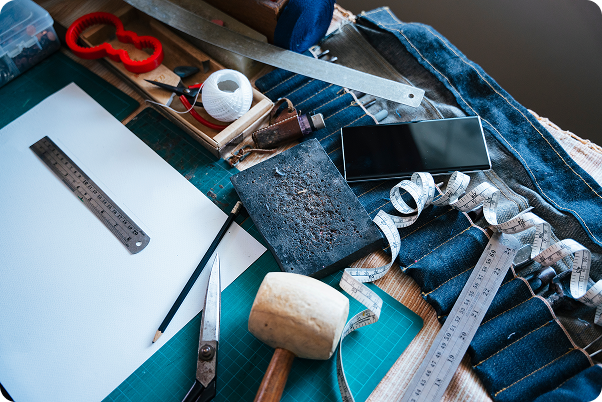
Rushing The Process
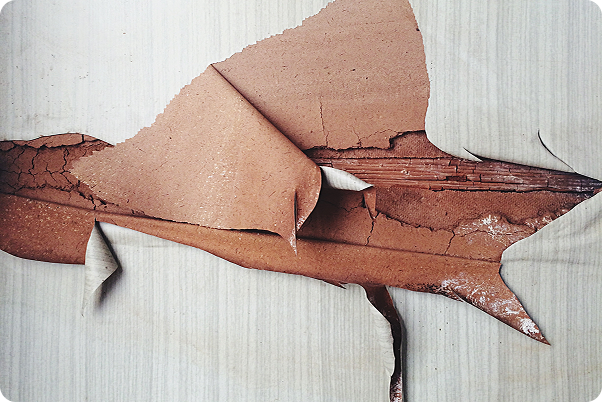
Failing To Account For Future Maintenance

Ignoring Local Building Codes
Top 10 DIY Mistakes
accessories and the tools that can help you avoid them
Stay Ahead of Mistakes with These DIY Essentials
Avoiding these common DIY mistakes will make your projects more successful and enjoyable. By planning ahead, using the right tools, prioritizing safety, and choosing quality materials, you can achieve professional-looking results that last.
For more DIY tips, guides, and high-quality tools and materials, visit Leroy Merlin and start your next project with confidence.




